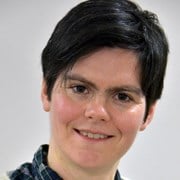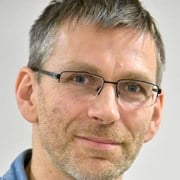Why is outfield grazing abandoned?
Grazing in outfields and summer dairy farming has played a crucial role for farming, food security, local communities, cultural heritage and biodiversity. However, practices are changing, and we lack knowledge about the causes of this change and their socio-economic and environmental impacts.
Co-creating knowledge
This project will examine these issues and provide knowledge on how to sustain outfield grazing and summer dairy farming within today’s food system. The Nord-Østerdal/Røros and Valdres regions will be used as cases. Measures are taken within the project to secure the co-production of knowledge between researchers and stakeholders.
Ripple effects from outfield grazing
We aim to identify key factors influencing farmers’ choice of using outfields and summer dairy farming. Further, we will examine impacts from outfield grazing and summer dairy farming. We estimate economic and employment impacts for the local economy, investigate how outfield grazing and summer dairy farming influence social life and collective institutions in local communities and study possible effects on biodiversity, grazing resources and climate when grazing pressure is low over long periods. The project also explores how production of bioenergy wood (birch harvest) can be combined with outfield grazing. The project will identify possible measures to sustain outfield grazing and summer dairy farming.

Mixed methods and cross-disciplinarity
The project applies a mixed-methods approach, conducting qualitative interviews and surveys among farmers in the case study areas. Data from the farm business survey and public statistics will be combined with interviews and a survey to related businesses, to calculate economic impacts for the local and regional communities. Data from vegetation and soil will be collected, and workshops with the project partners (including the stakeholder partners) will be facilitated.
Top photo: SINTEF


